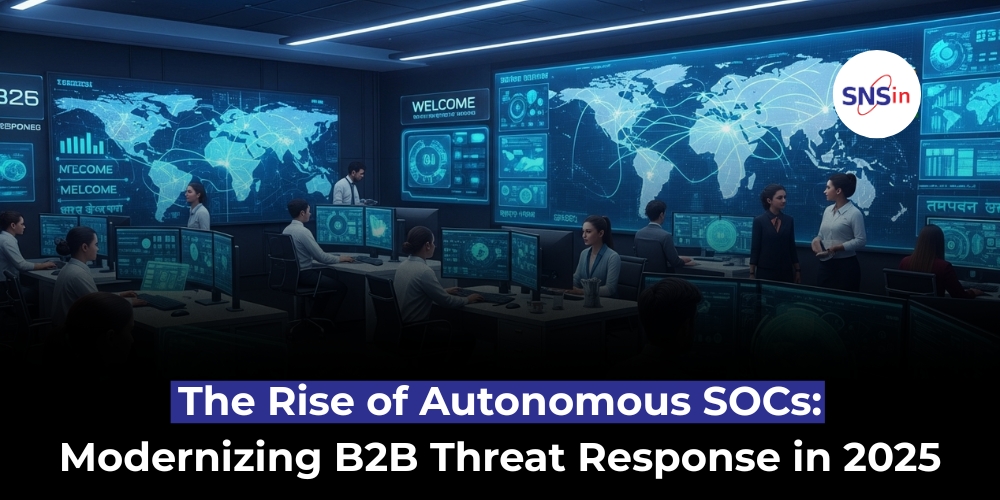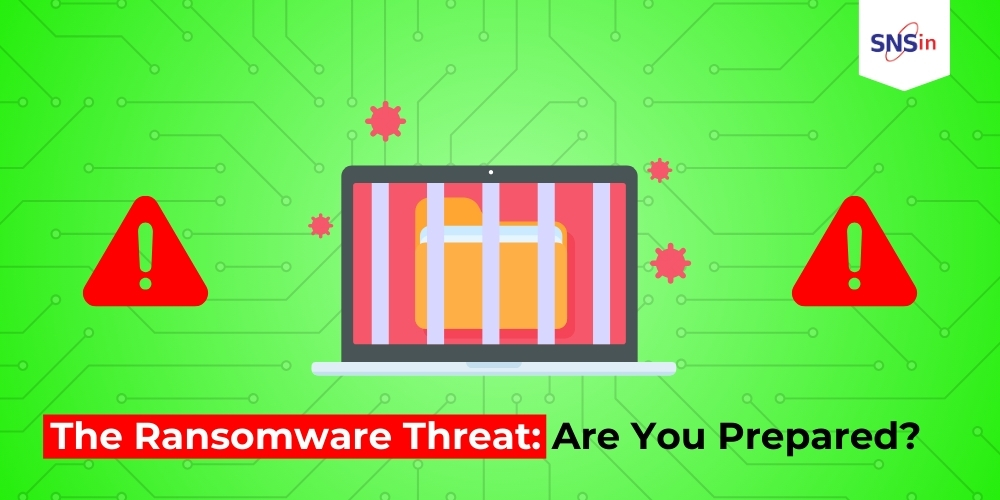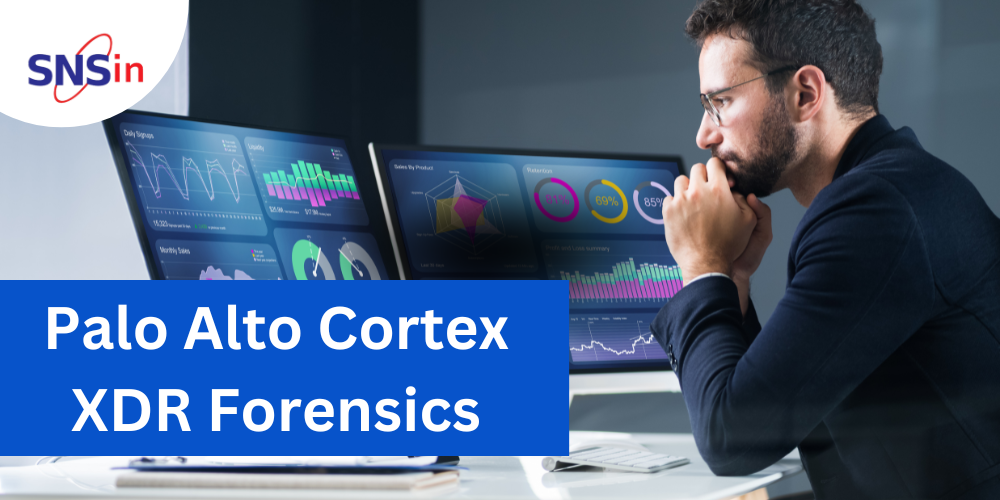Imagine this:
It’s 2:47 AM.
You’re asleep. Your CTO is on a flight. The security analyst who usually watches the dashboard? Home with a fever.
But a threat actor isn’t sleeping.
They’re running scripts, poking through cloud apps, mimicking legitimate traffic, and trying to worm into your financial database.
And yet… you don’t get breached.
Why? Because your Autonomous SOC didn’t just detect the breach attempt — it blocked it, isolated the endpoint, launched an internal investigation, and sent a full report before sunrise. No coffee needed.
Welcome to 2025.
Welcome to Autonomous Security Operations Centers (SOCs).
Why Traditional SOCs Just Aren’t Enough Anymore:
For years, Security Operations Centers were the nerve centers of enterprise defense. Think rows of analysts monitoring alerts, writing scripts, manually correlating logs, and chasing ghosts across networks.
But here’s the problem:
- Enterprises face 11,000+ security alerts daily on average.
Source: IBM X-Force Threat Intelligence, 2024
- Human analysts can only investigate a tiny fraction of those in real-time.
- Dwell time — the amount of time attackers spend undetected — still averages 16 days in many organizations.
The result? Breaches happen not because tools didn’t exist, but because humans simply couldn’t keep up.
Enter Autonomous SOCs: The Iron Man Suit for Cybersecurity:
An Autonomous SOC uses AI, machine learning, and robotic process automation (RPA) to:
- Detect threats instantly
- Investigate without manual intervention
- Decide on the best response
- Execute containment and remediation
All of this happens in real time, with minimal human involvement. Think of it as replacing hundreds of post-it notes with a self-driving Tesla that knows when to hit the brakes — and why.
What Powers an Autonomous SOC?
It’s not just a buzzword. Here’s what makes it tick:
1. AI-Powered Threat Detection:
Advanced algorithms now detect anomalies that human eyes may miss:
- Unusual login patterns
- Malicious lateral movement
- Slow data exfiltration
Using behavioral analytics, these systems “learn” what normal looks like — and ring alarms when something’s off.
2. Automated Incident Response (SOAR):
Security Orchestration, Automation, and Response (SOAR) platforms execute predefined playbooks:
- Isolate infected machines
- Revoke credentials
- Notify stakeholders
- Collect forensic logs for post-incident analysis
All within seconds.
3. Contextual Decision-Making:
Autonomous SOCs don’t act blindly. They:
- Assess risk scores in real-time
- Pull in threat intel from global databases (e.g., MITRE ATT&CK, VirusTotal)
- Apply industry-specific logic (e.g., finance, healthcare, B2B)
The idea is precision over panic.
Why B2B Firms Need Autonomous SOCs in 2025:
1. Human-Centric Models Are Failing:
There’s a global cybersecurity skills shortage — over 3.4 million unfilled roles as of 2024.
Autonomous SOCs help reduce the load on your limited talent pool.
They don’t get tired, distracted, or emotionally burned out.
2. Breaches Are More Costly Than Ever:
The average cost of a B2B data breach in 2024 hit ₹48 crore (~$5.8 million) — and rising.
Source: IBM Cost of a Data Breach Report
Early detection and auto-response can reduce breach impact by up to 70%, according to IBM.
3. Third-Party & SaaS Risks Have Exploded:
In a typical B2B stack, 70% of services are outsourced — from CRM to cloud storage.
An Autonomous SOC doesn’t just watch your perimeter; it monitors integrated tools and APIs as well.
4. Remote + Hybrid Work Is Now Default:
With employees scattered across time zones, you need 24/7 eyes — minus the staffing nightmare.
Autonomous SOCs don’t sleep, and they don’t get stuck in traffic.
What Does an Autonomous SOC Look Like in Action?
Let’s break it down:
| Stage | Traditional SOC | Autonomous SOC |
| Detection | Manual log correlation | AI-driven anomaly detection |
| Alert Triage | Analyst sifting through noise | ML auto-prioritizes alerts |
| Response | Email/call escalations | Instant playbook execution |
| Containment | Delayed by approvals | Real-time actioning |
| Reporting | Post-incident manual prep | Auto-generated reports |
The outcome? Faster containment, fewer false positives, and happier, less-burnt-out security teams.
Common Myths About Autonomous SOCs (Debunked):
❌ “It’ll replace my security team”:
Not true. It augments them. Let machines do the repetitive work, so your team can focus on strategy and innovation.
❌ “It’s only for big tech firms”:
Thanks to cloud-native platforms, even mid-size B2B firms can afford plug-and-play Autonomous SOC services.
❌ “It’s not trustworthy”:
AI models now have explainability layers and auditable decision logs, ensuring accountability.
How to Start Your Autonomous SOC Journey:
- Assess Your Risk Posture:
Identify your highest-risk assets, data silos, and entry points.
- Automate Low-Hanging Fruit:
Begin with phishing response, malware isolation, and endpoint triage.
- Integrate with Existing Stack:
Your SOC should talk to your EDR, SIEM, IAM, and cloud infrastructure.
- Train the AI Continuously:
Use real incident data to fine-tune models. Let it learn — fast.
- Partner with the Right Experts:
Don’t DIY your defense. Work with MSSPs like SNS India to build, run, and scale your Autonomous SOC.
Final Thoughts:
In 2025, your business isn’t just competing on product or price — but on resilience.
An Autonomous SOC is more than tech. It’s a business continuity engine, a trust enabler, and quite possibly, your best security hire — one that never sleeps.
SNS India: Your Partner in Autonomous Defense
We help B2B businesses build intelligent, AI-powered SOCs that go beyond alerts — they act.
From threat detection to full-lifecycle response, we integrate seamlessly with your existing tools and offer round-the-clock threat posture management.
Email us now to [email protected] to cybersecure your company the right way.
Ready to modernize your defense? Let’s talk.
Because in 2025, speed isn’t enough — it has to be autonomous.
Author
NK Mehta
![]()




